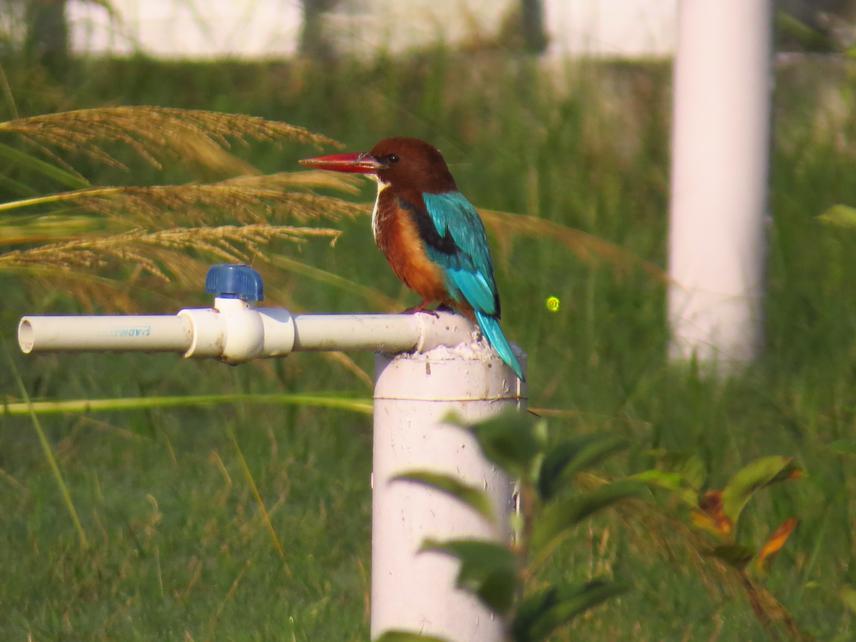Link to social media video featuring the project.
Monica Kaushik
Other projects
21 Feb 2024
Assessing Impacts of Free-Ranging Cats on Bird Community in Urban Green Spaces of Dehradun, Uttarakhand
We aim to (a) understand the role of different physical features of Urban Green Spaces (hereafter UGS) and surrounding matrix (green cover, % built up, roads) on bird functional diversity. We would (b) investigate the role of native versus exotic vegetation within UGS on the overall bird functional diversity. We will (c) compare the functional diversity in UGS connected by the green corridors (tree belt) with the UGS that either completely lack or experience reduced connectivity.
Our long-term goal is to connect local people with their surrounding UGS. We envision that after the establishment of the base line data for the bird community in selected UGS, long-term monitoring could be carried by the students, teachers, bird-watchers and local households. We would partner with ongoing efforts such “Been There Doon That” to sensitize people regarding the role of UGS such as maintaining urban biodiversity, providing valuables ecosystem and health services.

In 2014, 54% of the world’s human population was residing in urban areas which is projected to grow to 66% by 2050. Such rapid transformation of earth’s land surface especially the natural areas is undoubtedly a significant threat to the global biodiversity. However, the key of conserving the global biodiversity is also hidden in urban areas in form of urban green spaces (UGS). These are all form of natural, semi-natural and man-made ecosystem within and around urban areas. These habitat ranges from city gardens, green campuses, urban wastelands to plantations.
UGS have been integrated in Urban Planning in developed countries but received little or no attention in developing countries such as India. By 2050, more than 50% of the Indian population would be living within urban areas emphasising the urgency of including UGS in urban planning.
Following the concepts of Island Biogeography, the ability of a given UGS to support biodiversity depends on its size, surrounding matrix, connectedness to other green spaces and quality of vegetation. However, dearth of urban ecology studies in developing countries including India hampers ours understanding about the features that maximize benefits of UGS to the urban biodiversity.
This project is aimed at examining the effects of various physical features of UGS and vegetation characteristics maximizing bird functional diversity. We selected birds as model taxa due to their diverse roles (pollinators, seed dispersers, nutrient cycling) and intricate relationship with their habitat. This study will be conducted in capital of Uttarakhand State, Dehradun. This city being based in Himalayan Foothills supports 42% (552 of 1308) of the avifaunal diversity of India and 84% (552 of 656) of Uttarakhand state. Dehradun has an astounding 45% of its geographic area under green cover. However, burgeoning urban growth in last two decades has resulted in increased temperature and pollution levels in Dehradun. Expecting further increase in urban sprawl motivated the central government to develop Dehradun as a “smart-city". Our results would be useful for authorities involved in “smart-city” proposal to finetune the proposed restoration activities in city parks. We will provide our research findings to UGS managers for implementation in different management types.
UGS also provides opportunities for the citizens to connect with nature, recreation, socialization and witnessing ecological processes in their vicinities. Through bird walks and focused groups talks, we will sensitize the citizens of Dehradun and raise awareness regarding the ecosystem and health services provided by UGS.